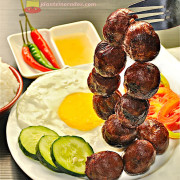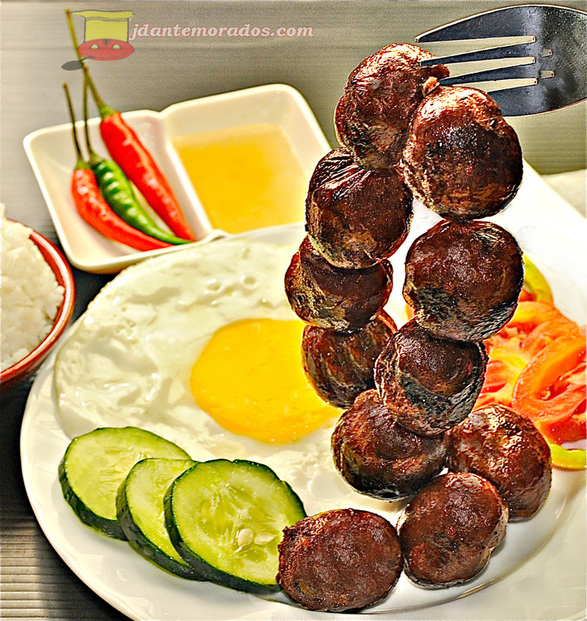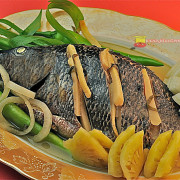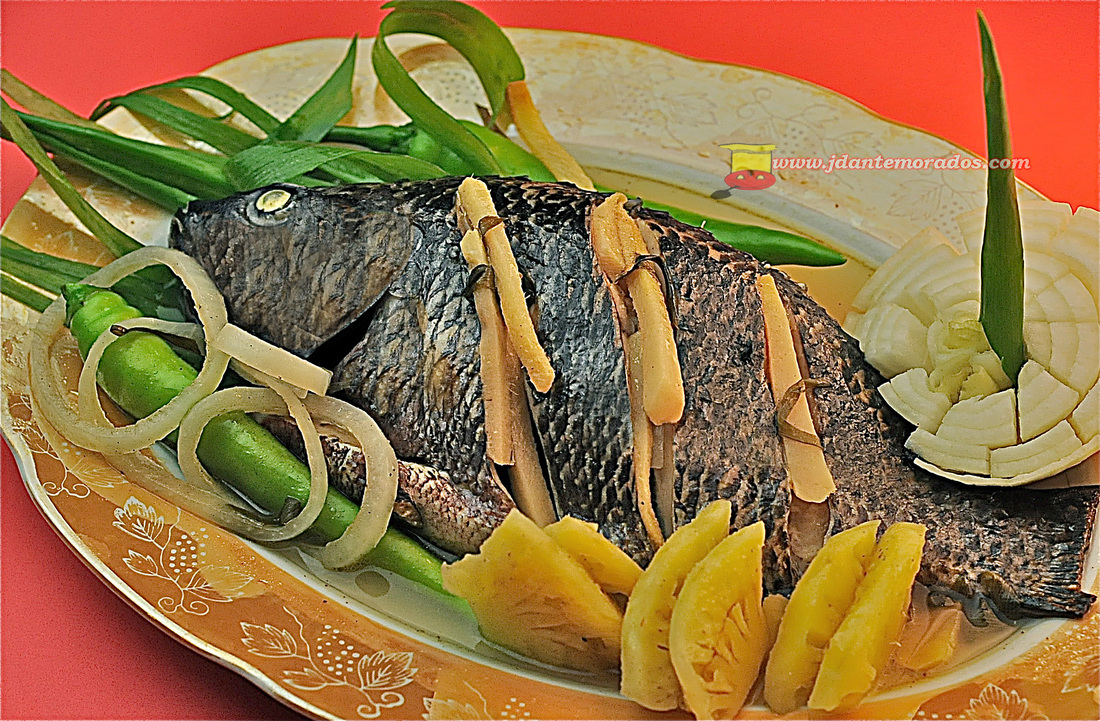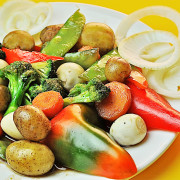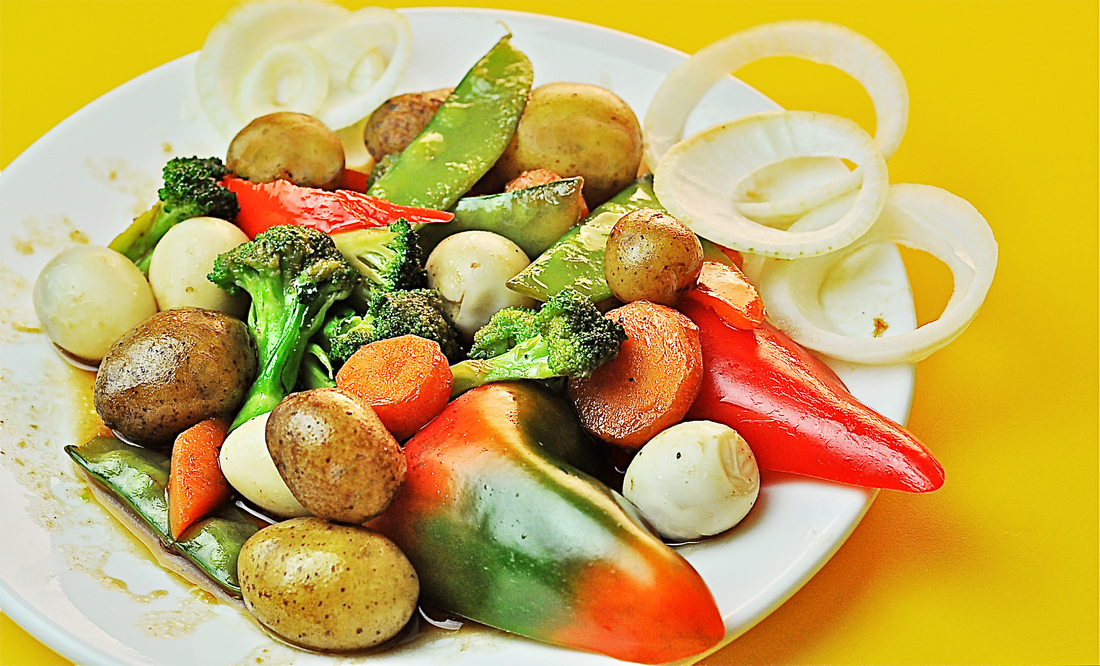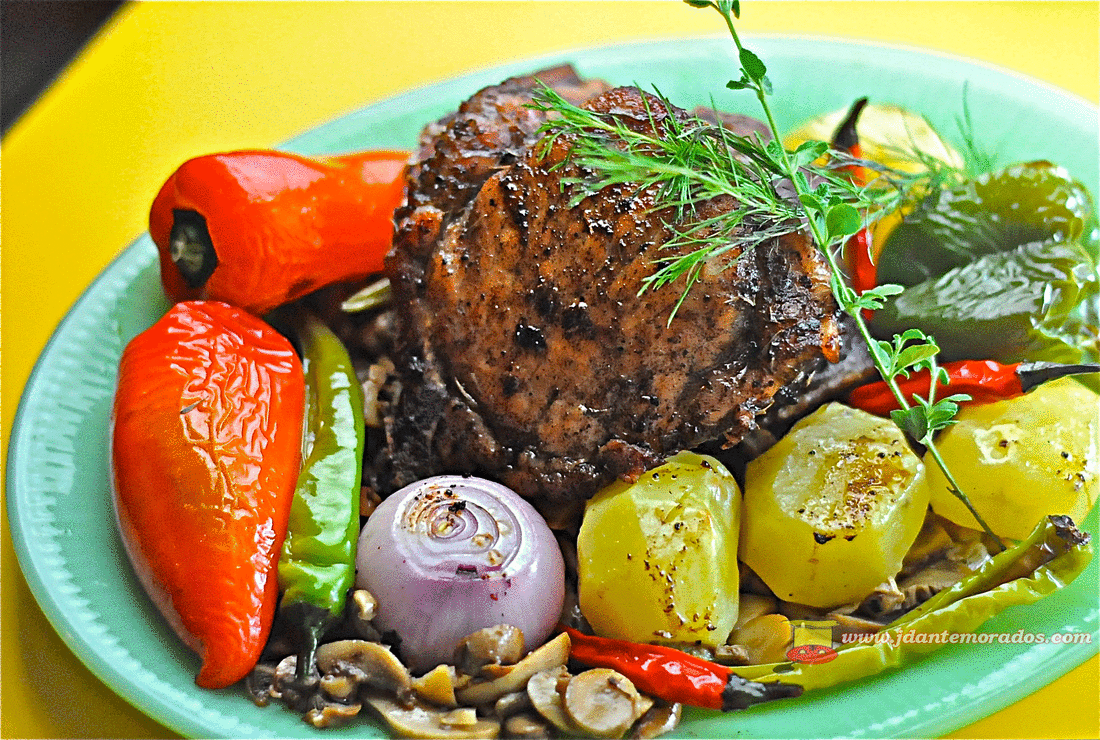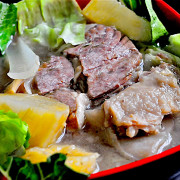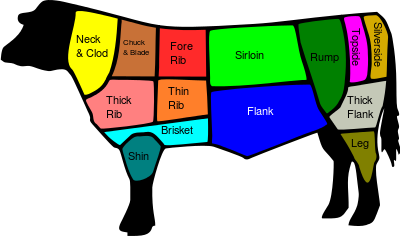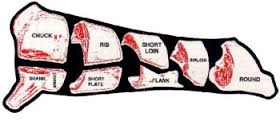Pure Beef “Longaniza”
PURE BEEF “LONGANIZA”
(FRIED PURE BEEF FILIPINO NATIVE SAUSAGE)
Approximating with a tinge of “technological innovative touch”,
the very popular “Batutay”,
this sweet-piquant all beef native sausage
peculiar fave from Nueva Ecija, a mid region in Luzon, Philippines,
comes to fore. Down right easy prep is hereby served.
(FRIED PURE BEEF FILIPINO NATIVE SAUSAGE)
Approximating with a tinge of “technological innovative touch”,
the very popular “Batutay”,
this sweet-piquant all beef native sausage
peculiar fave from Nueva Ecija, a mid region in Luzon, Philippines,
comes to fore. Down right easy prep is hereby served.
Prep time: 30 mins.
Cook time: 5 mins.
Total time: 35 mins.
Makes/Serves: makes 55-60 pieces
Cooking medium: frying pan
Special instruction(s)/need(s): about 5 meters fully cleaned dry or fresh hog or sheep casing, funnel, thread for
linking sausages
INGREDIENTS:
700 grams ground lean beef
300 grams cubed pork back fat
1 big bulb garlic, crushed, sliced thinly
8 pieces “sili labuyo” (bird’s eye chilies), crushed, chopped thinly
100 grams brown sugar
20 grams salt
15 grams ground black pepper
10 grams Spanish paprika
5 grams ground oregano
30 ml. soy sauce
50 ml. water
oil for frying
PROCEDURES:
1. In a bowl mix and tumble well ground beef and back fat. Set aside.
2. Mix soy sauce and water. Pour in garlic, “labuyo”, sugar, salt, pepper, paprika and oregano. Mix well.
3. Add to ground beef-fat mixture. Tumble and mix thoroughly for even flavor distribution. Toss vigorously (DO NOT
PRESS-JUST TUMBLE) to break meat protein thereby releasing its binding property that phosphate binder or egg
Cook time: 5 mins.
Total time: 35 mins.
Makes/Serves: makes 55-60 pieces
Cooking medium: frying pan
Special instruction(s)/need(s): about 5 meters fully cleaned dry or fresh hog or sheep casing, funnel, thread for
linking sausages
INGREDIENTS:
700 grams ground lean beef
300 grams cubed pork back fat
1 big bulb garlic, crushed, sliced thinly
8 pieces “sili labuyo” (bird’s eye chilies), crushed, chopped thinly
100 grams brown sugar
20 grams salt
15 grams ground black pepper
10 grams Spanish paprika
5 grams ground oregano
30 ml. soy sauce
50 ml. water
oil for frying
PROCEDURES:
1. In a bowl mix and tumble well ground beef and back fat. Set aside.
2. Mix soy sauce and water. Pour in garlic, “labuyo”, sugar, salt, pepper, paprika and oregano. Mix well.
3. Add to ground beef-fat mixture. Tumble and mix thoroughly for even flavor distribution. Toss vigorously (DO NOT
PRESS-JUST TUMBLE) to break meat protein thereby releasing its binding property that phosphate binder or egg
or starch is no longer necessary to be added. This is your “emulsion”.
4. Insert enough length of hog/sheep casing unto nozzle of funnel. Pour into funnel mouth 3-4 tablespoons of “emulsion”.
Push with thumb towards nozzle thereto directing meat into casing. Proceed until all “emulsion” are filled into casing.
Repeat till done.
5. On your preferred sizes, tie both ends of stuffed longaniza with thread.
6. Fry at once or refrigerate for future use.
4. Insert enough length of hog/sheep casing unto nozzle of funnel. Pour into funnel mouth 3-4 tablespoons of “emulsion”.
Push with thumb towards nozzle thereto directing meat into casing. Proceed until all “emulsion” are filled into casing.
Repeat till done.
5. On your preferred sizes, tie both ends of stuffed longaniza with thread.
6. Fry at once or refrigerate for future use.
DISCLAIMER: Above are test kitchen and household-produced dishes. All ingredients utilized are of food grade quality passing international and domestic sanitary standards. While we find the results highly acceptable, no guarantee nor explicit assurance is hereby issued when recipe is performed by readers. For one, although of similar breed, spices, herbs and other ingredients vary from country to country/region to region that possibility of affecting end taste, aroma & bite-feel is great. Further thereto, mentioned sensory evaluation (aroma, taste, mouth-feel) is subjective.


